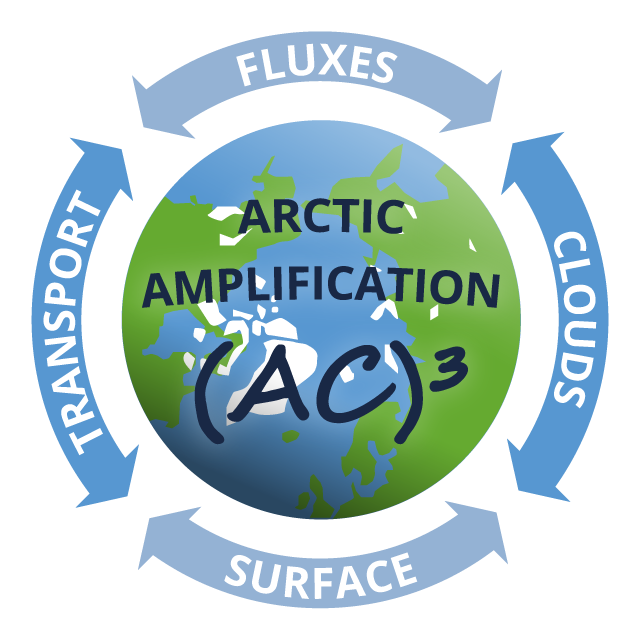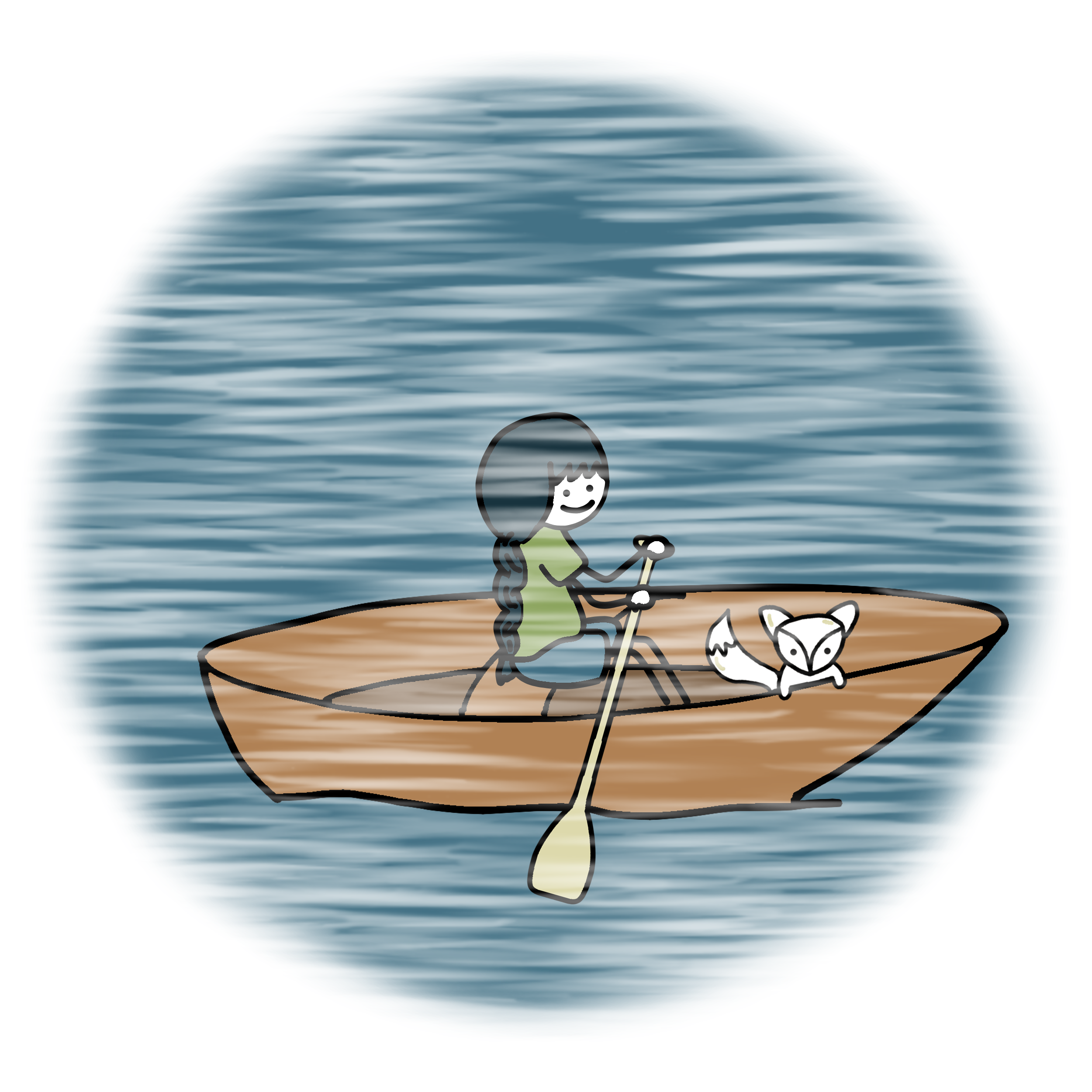How does fog form?
The alarm clock rang at 5 o’clock this morning – it was early, but I really wanted to go boating on the lake to watch nature wake up. Mika and I packed our bags and food for a picnic.
When we left the house, it was still quite cold, but I knew that on this summer day it would warm up again, just like it had over the last few days. Sophie was already waiting for us outside, and we cycled off together.
The closer we got to the lake, the more I wondered why I couldn’t see the water clearly. A white layer was floating over the lake – it must be fog! ‘Strange,’ I said, ‘I’ve never seen fog over the lake in summer before.’ Sophie nodded and said, ‘Me neither. This kind of fog is quite rare in summer, and when it does occur, it’s only in the early morning hours, like now, or late in the evening. I guess that means we’re not usually awake this early.’ That made me curious, and I asked, ‘Does that mean there are different types of fog? How do they differ, and how does fog form in the first place?’
‘Exactly, Mia, there are several types of fog. In general, fog forms when the air at ground level cools to a certain temperature. We call this the dew point. Here, the humidity is exactly 100% and the water vapour contained in the air turns into small water droplets – it condenses. These droplets are so large that they deflect the light shining through them in different directions. The light is scattered, with all colours of light scattered in roughly equal amounts, which is why we perceive the droplets as white or grey.’
I remembered Josh explaining the same phenomenon to me two weeks ago while Mika and I were eating ice cream and it started to hail. At that time, it was about why hail is transparent and snow is white.
‘It’s like a cloud,’ I said, ‘So fog is a cloud that’s on the ground instead of up in the sky?’
‘That’s right! The word fog in ancient Greek actually means cloud. And just as there are different types of clouds, there are also different types of fog. The fog we see here over the lake is also called evaporation fog. It was created when water from the lake evaporated and the water vapour rose. Since it is so cold this morning, the air has cooled down and the water vapour has condensed, creating water droplets. But there are also other types of fog, such as warm air fog, cloud fog, lifting fog and a few more. They differ in their place of origin, the type of cooling, the humidity and the movement of the air.’
I was happy that I now knew how fog is formed. However, I was also a little sad about the fog, as I had been looking forward to boating on the lake and now I couldn’t see the clear water at all. Then Sophie said, ‘By the way, fog can also dissipate quickly. When it gets warmer during the day, these droplets evaporate again and the fog dissipates. That’s why it’s so rare to see fog in summer. It’s usually too warm. For us, that means when it get warmer, the tiny water droplets evaporate again and the fog disappears.’
Just as Sophie said that, we reached the spot where the boat was moored. We got in and started rowing. It was incredibly beautiful. We heard no other sounds except the chirping of birds, and I enjoyed being able to see this rare type of fog in summer today. Sometimes it’s worth getting up so early. Tomorrow, I’ll sleep in again anyway.
Text: Sophie Vliegen, Illustration: Patrizia Schoch, Translation: Fathima Cherichi Purayil



